
How to make willow water?
How to make it at home?
Summary
Making willow water is a time-honoured technique, already used by our ancestors long before commercialisation of synthetic plant hormones for propagation by cuttings. This single, quick, natural and economical method facilitates rooting of plants and cuttings. Discover our tips to prepare and use this famous willow water.
Properties of willow water
To help cuttings root, you can make a homemade natural solution called willow water. Indeed, willow is a plant that roots very easily, thanks to the salicyline it contains. This active compound, related to salicylic acid and aspirin and naturally present in the bark of willows, improves root emergence or rhizogenesis by delaying wound healing where future roots will form. It also reduces risk of dehydration of cuttings. Auxin, a plant hormone, induces root formation, salicyline simply helps create favourable conditions for plant root development.
Nothing miraculous, however: willow water promotes rooting but if you take poor-quality cuttings or work in unsuitable conditions, results will be mediocre with or without salicyline.
Note: If you don’t want to bother, or simply don’t have a willow to hand, you will find powdered propagation by cuttings hormones in our shop.
You may also read
Willow, Salix: planting, pruning and careWhich willows to use?
All willow species are suitable for making willow water and there are more than 300 species worldwide, the best known and most common in our French regions being weeping, corkscrew, basket-makers’ (osier) willows and the ‘shrimp’ willow, which is widespread in our gardens. In our temperate and cold regions, willows are mainly grown for ornamental purposes, notably the weeping willow, which you will often find in parks and gardens, along rivers and watercourses.
Lorène’s little tip: I have a magnificent ‘shrimp’ willow in my garden; it is majestic and I adore this tree, which offers an incredible appearance and colour. With every cut I combine the useful with the pleasant and I don’t waste a single twig: nothing is lost, everything is transformed (into willow water).
Discover other Willow - Salix
View All →Available in 1 sizes
Available in 3 sizes
Available in 4 sizes
Available in 2 sizes
Available in 5 sizes
Available in 2 sizes
Available in 2 sizes
Available in 1 sizes
Available in 3 sizes
Available in 2 sizes
When to make willow water?
Willow water can be made all year round, no matter the season!
How to make willow water?
Willow water is obtained by macerating more or less long willow branches in cold water. There are several methods :
Making willow water using the traditional method
- Using a clean, sharp pruning shear, cut willow branches. These should not be thicker than a pencil;
- Remove leaves and cut the twigs into 4–5 cm sections;
- Place the pieces in a container filled with water (watering can, tub, jar…) and let them macerate without changing the water for 4 to 6 weeks;
- Wait for a viscous gel to form on the surface of the water and on the twigs. This gel is very concentrated in salicyline;
- Remove the willow pieces using a sieve or strainer and pour the liquid into another container. The willow water will be a colour similar to lightly brewed tea;
- Discard the willow pieces and store your gel in a glass jar, for example;
- The willow water gel should ideally be used within 48 hours as it slowly loses its properties over time. For this reason, we recommend preparing it regularly in small quantities to use it while it contains the maximum active principles. Otherwise, it keeps for 1 month, protected from light, and 3 months in the freezer, in ice cube trays. Once thawed, it must be used immediately.
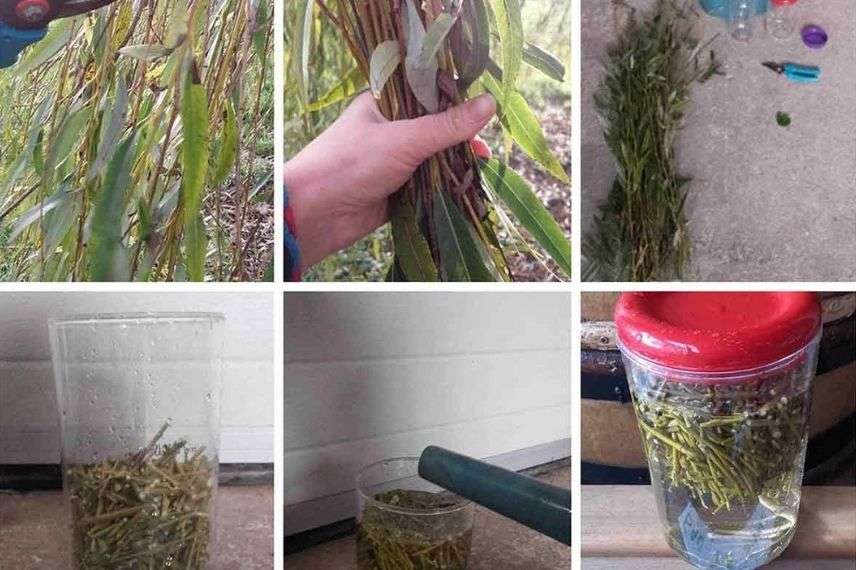
Making willow water in pictures
Making willow water using the time-saving method
- Cut the willow branches into small 4–5 cm sections;
- Crush the stems with a hammer to help release salicyline into the water;
- Place the crushed stems in a container filled with rainwater;
- Let everything macerate for a week before using. This willow water will be less concentrated in salicyline than the previous method.
How to use willow water?
Several uses are possible :
- Using gel as propagation by cuttings plant hormone : coat base of your cuttings with gel, exactly as if using a propagation by cuttings plant hormone powder, before planting. This gel, highly concentrated in salicin, should be used quickly to avoid loss of efficacy.
- Using willow water for soaking : once your willow water is ready, soak your cuttings in willow water overnight. Stem will then be saturated with plant hormones that will facilitate development relating to root. Your cuttings will be ready to be planted in pots or directly in ground.
- Using willow water for watering : willow water can be used for watering trees, bushes, perennial plants or annuals recently planted.
- Subscribe!
- Contents
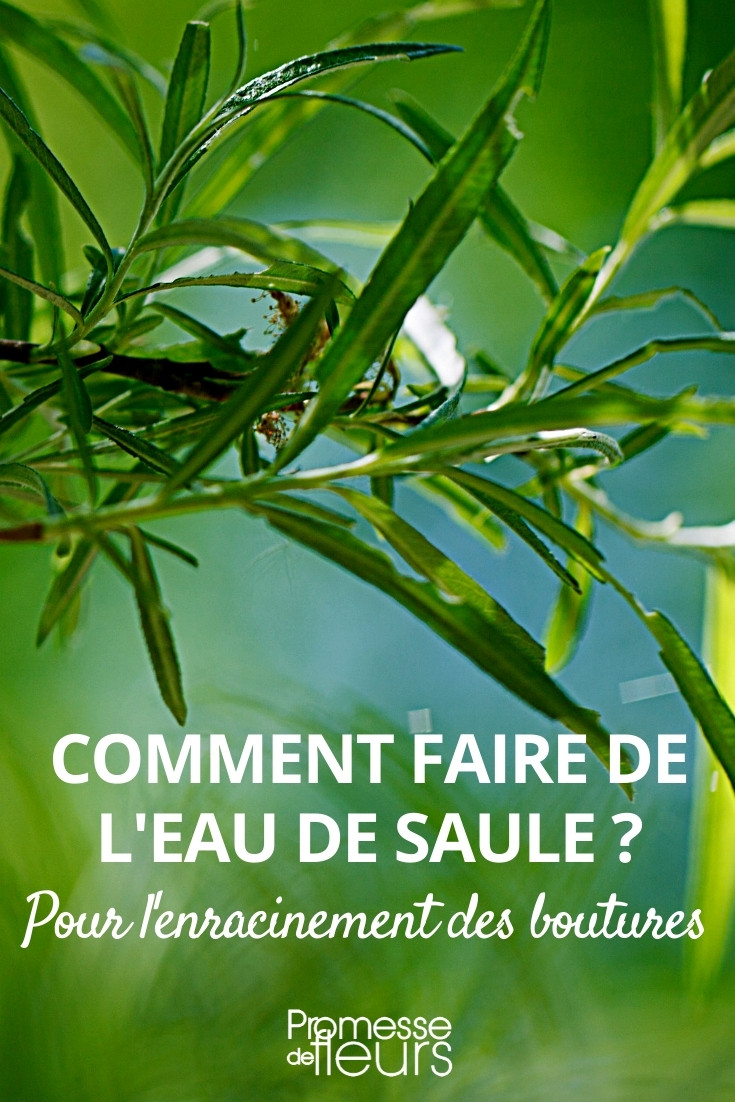
































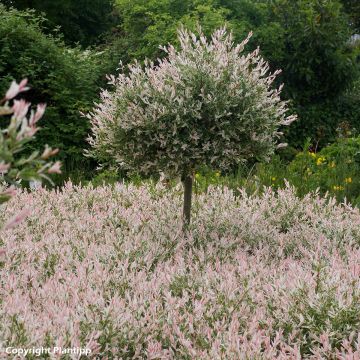
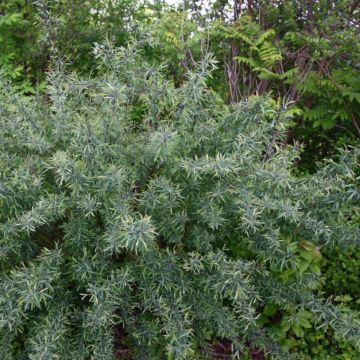

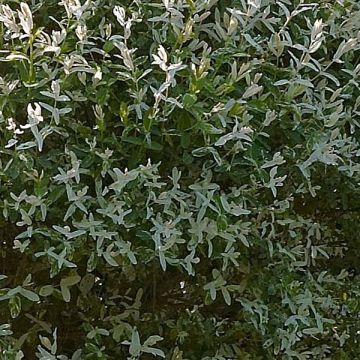

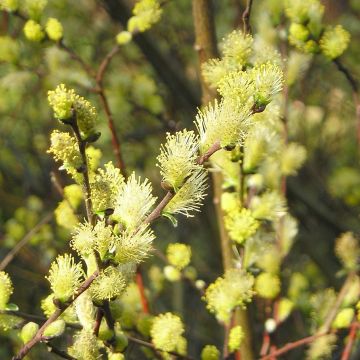
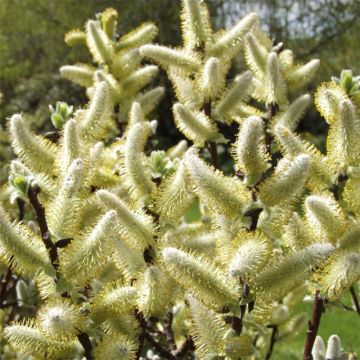

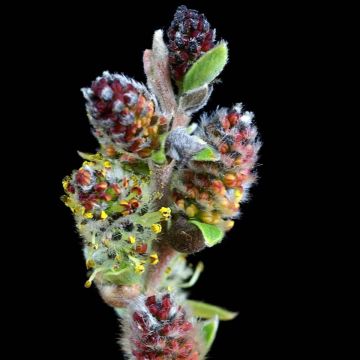
Feedbacks